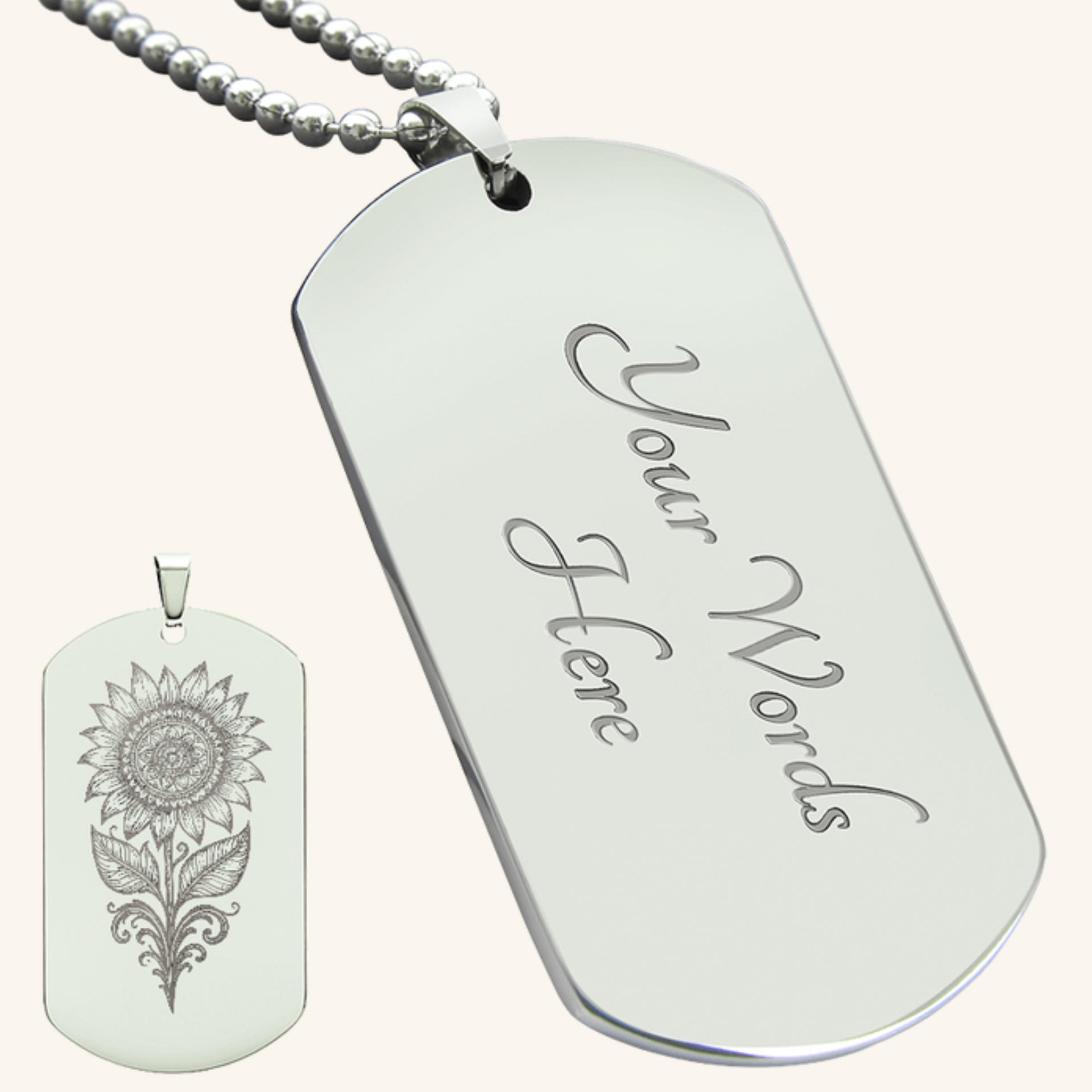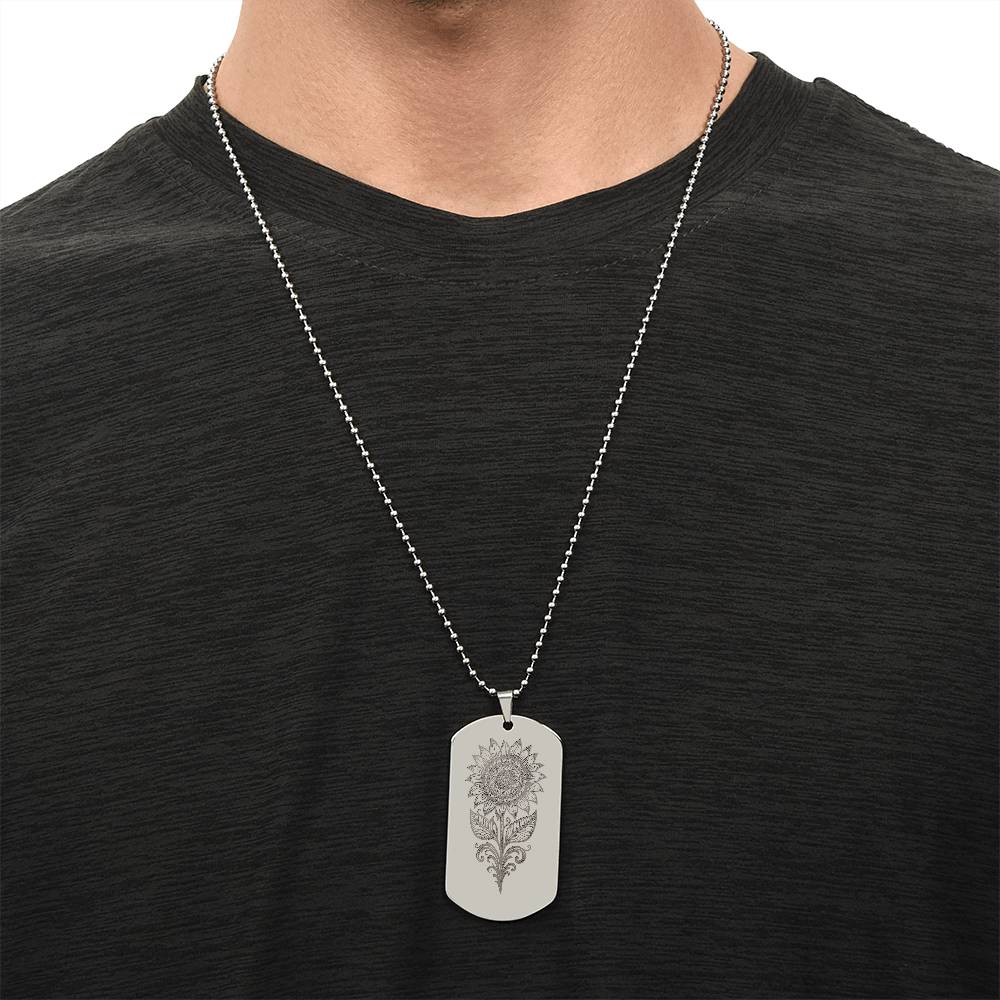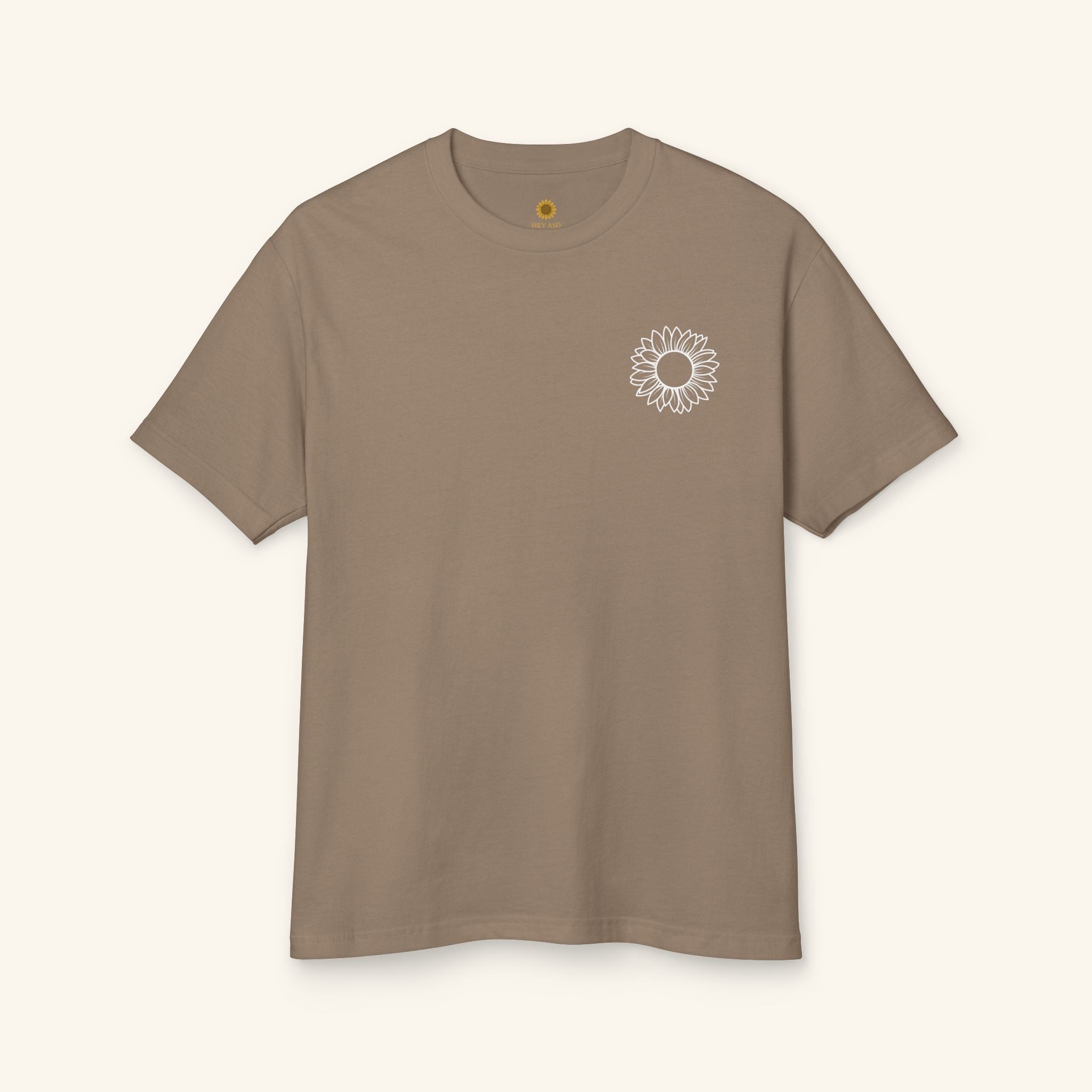Transitioning to Adulthood with ASD

Written by HeyASD.com Team
On This Page
Community Favourites
Frequently asked questions
What are some effective autism transition tips for moving from adolescence to adulthood?
How can I create a sensory-friendly living space that supports my needs as an adult with autism?
What adult autism support options are available to help with daily challenges?
How can I develop ASD life skills to increase my independence?
Are there specific types of clothing or calming items that can help during stressful transitions?
Where can I find disability resources for autistic adults to assist with employment or education?
How can I communicate my needs clearly to family, friends, or coworkers during this transition?
What strategies can help manage sensory overload in new or overwhelming environments?
How can Autism-themed decor or sensory tools improve comfort and well-being in my home?

About the HeyASD.com Team
Autistic‑owned • Values‑led • Sensory‑friendly design
We are autistic creators, writers, and advocates dedicated to producing resources that are practical, sensory-aware, and grounded in lived experience. Our mission is to make information and products that support the autistic community accessible to everyone, without jargon or condescension. Learn more about our team.
This article is written from lived autistic experience and an evidence-aware perspective. It is for general informational purposes only and should not be taken as medical, legal or therapeutic advice.
Always consult a qualified clinician or occupational therapist for individual needs and circumstances.

About Our ASD Blog
HeyASD is more than a store, it’s a calm, supportive space for autistic adults and the people who care about them. Explore identity-affirming stories, sensory regulation tools, and uplifting resources from our community.
Thank you for reading. We hope these resources bring comfort and clarity.































